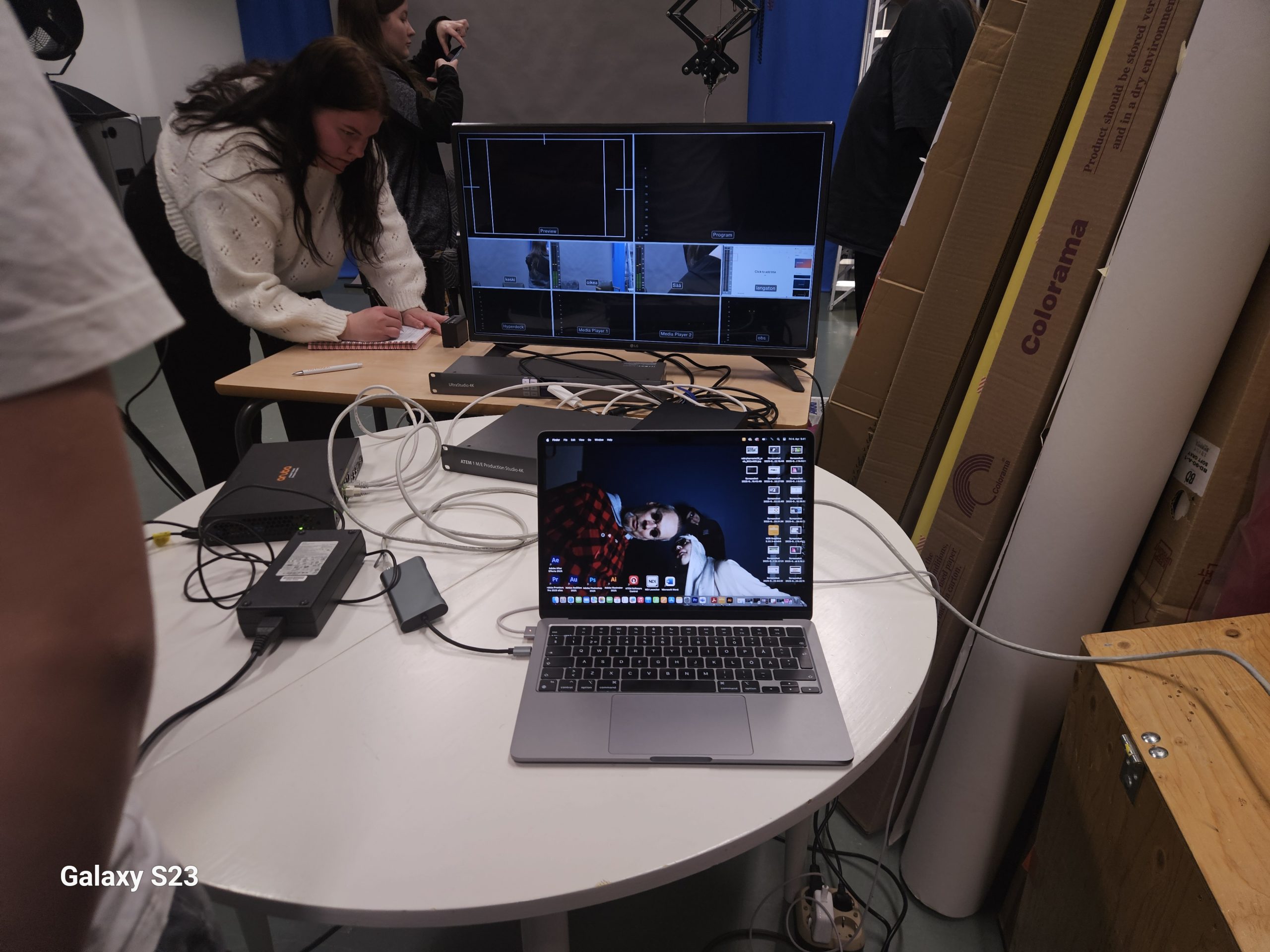In today’s digital world, live streaming has become a powerful tool for sharing content, engaging audiences, and even conducting interviews. Our teachers have been guiding us through the essentials of live streaming, helping us understand the equipment, preparation, and techniques needed for a professional broadcast.
Choosing the Right Camera
One of the first lessons was about selecting the right camera for live streaming. We learned that different types of cameras serve different purposes:
– Webcams – Affordable and easy to use for basic streaming.
– DSLR or Mirrorless Cameras – Provide high-quality video with great depth of field.
– Professional Camcorders – Used for high-end productions with superior zoom and stabilization.
– Action Cameras – Great for dynamic, on-the-go streaming.
Our teachers emphasized that the choice of camera depends on factors like budget, video quality, and the type of content we want to create.
Preparing for a Live Stream
A successful live stream requires careful preparation. We learned about:
– Internet Connection – A stable, high-speed connection is a must.
– Lighting Setup – Proper lighting improves video quality, avoiding shadows and overexposure.
– Audio Equipment – Clear audio is just as important as video, so we explored microphones like lapel mics, shotgun mics, and USB condenser mics.
– Streaming Software – OBS Studio, Streamlabs, and other tools help manage live broadcasts.
Our teachers also taught us about rehearsing before going live to avoid technical issues and ensure smooth delivery.
Conducting Interviews on Live Stream
One of the most exciting lessons was learning how to take live interviews. The key takeaways included:
– Preparing Questions in Advance – While live interviews should feel natural, having a structure helps keep the conversation engaging.
– Engaging with the Guest – Making the interviewee comfortable and actively listening to their responses improves the flow.
– Managing the Technical Side – Checking audio levels, ensuring proper camera angles, and handling live comments from viewers.
– Handling Unexpected Situations – Technical issues and unexpected answers can happen, so being adaptable is crucial.
Our hands-on experience in class gave us the confidence to experiment with different live streaming formats and refine our skills. Thanks to our teachers, we now have the foundation to create engaging live content, whether for interviews, events, or marketing purposes.

